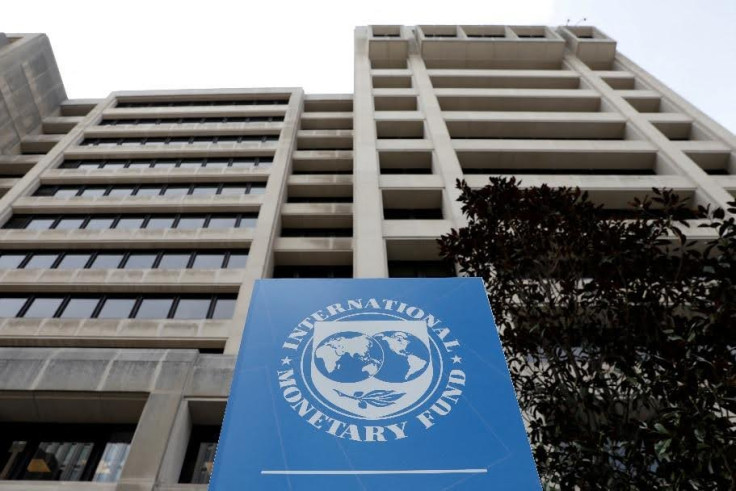Global Growth Slows In 2025 As Inflation And Policy Uncertainty Weigh

The global economic outlook for 2025 presents a complex and cautious picture, with growth projections being revised downward amid persistent uncertainties and policy shifts. The International Monetary Fund forecasts global growth at 3.0% in 2025 and 3.1% in 2026, reflecting factors such as front-loading ahead of tariffs, lower effective tariff rates, improved financial conditions, and fiscal expansion in some major jurisdictions.
Despite this modest upward revision, growth remains below the historical average of 3.7% recorded between 2000 and 2019. The Organization for Economic Co-operation and Development takes a slightly more cautious view, projecting global growth to slow from 3.3% in 2024 to 2.9% in both 2025 and 2026, with the most pronounced slowdown expected in the United States, Canada, Mexico and China.
Inflationary pressures remain a key concern. The IMF projects global headline inflation to decline to 4.2% in 2025 and to 3.5% in 2026, with advanced economies expected to return to target levels earlier than emerging market and developing economies. The OECD, however, forecasts slightly higher inflation, projecting it at 4.2% in 2025 and 3.2% in 2026, influenced by elevated energy prices and ongoing supply chain disruptions.
Both institutions warn that heightened policy uncertainty, particularly around trade, poses a significant risk to the global economic outlook. The IMF notes that policy-generated disruptions could interrupt the ongoing disinflation process, potentially affecting fiscal sustainability and financial stability.
The OECD emphasizes that policy uncertainty has become a major obstacle to investment, with firms increasingly delaying or scaling back capital expenditures when future conditions remain unclear.
While the modest growth revisions offer some optimism, the overall outlook remains fragile. Policymakers are being urged to prioritize restoring confidence, predictability, and sustainability to strengthen economic resilience in an environment still marked by inflationary pressures and geopolitical uncertainty.
© Copyright IBTimes 2025. All rights reserved.



















